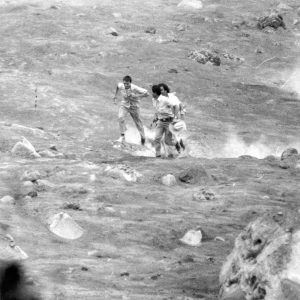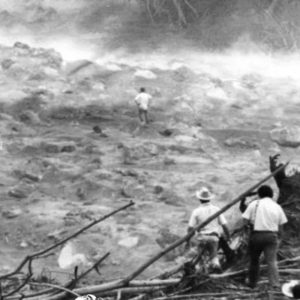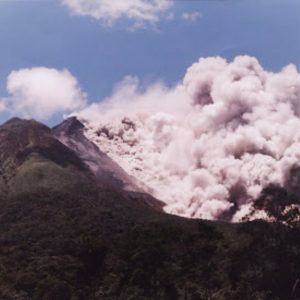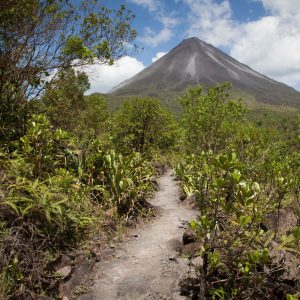Nestled in the heart of Costa Rica, the Arenal Volcano stands as an iconic landmark, drawing tourists from around the world. However, its history is punctuated by a transformative event that reshaped both its landscape and the tourism industry in the region. The eruption of 1968 is a pivotal chapter in the story of this majestic volcano, marked by significant changes in its surroundings and the burgeoning tourism industry.
Before the Eruption
Before the cataclysmic eruption of 1968, the Arenal Volcano was known as “Cerro Arenal” and was largely perceived as dormant and serene. For centuries, locals considered it an inactive feature in the landscape. Its slopes were cloaked in lush rainforests, and its summit was often shrouded in mist, hidden from plain view. The region surrounding the volcano was predominantly rural, with small farming communities sustaining themselves through agriculture and cattle ranching. Few tourists ventured into this area, as the volcano remained relatively unknown to the outside world.
The 1968 Eruption
Everything changed on July 29, 1968. In a spectacular explosion, the Arenal Volcano erupted violently, spewing forth molten rocks, ash, and lava, altering the landscape and the lives of the communities in its vicinity. This sudden and devastating eruption claimed the lives of approximately 87 people and razed several villages.


After the Eruption
The 1968 eruption marked a complete transformation in the perception and fate of the Arenal Volcano. From an obscure dormant volcano, it emerged as an active and captivating phenomenon. Ash, lava flows, and constant activity drew the attention of scientists and adventurers alike. Tourism began to flourish as visitors arrived to witness this unique natural spectacle.
The Costa Rican government established the Arenal Volcano National Park to protect the area and provide a safe space for visitors to enjoy the volcano and its surroundings. The once-sleepy village of La Fortuna became a bustling tourist hub, offering a wide range of amenities for travelers.
Today
Today, the Arenal Volcano is one of the most popular tourist destinations in Costa Rica. Visitors can enjoy a variety of activities, from hiking in the national park, white water rafting or just relaxing in natural hot springs heated by the volcano’s geothermal activity. The surrounding area boasts rich biodiversity and provides unique opportunities for birdwatching and wildlife observation.
The 1968 eruption transformed the Arenal Volcano from a tranquil sleeper into a symbol of Costa Rica’s awe-inspiring and often unpredictable nature. Its history serves as a testament to how Mother Nature can shape the destiny of a place and redefine its significance in the world.
Consequently, the Arenal Volcano, with its before and after the 1968 eruption and the evolution of tourism, remains a reminder of the beauty and power of nature and a must-visit destination for travelers exploring Costa Rica.


